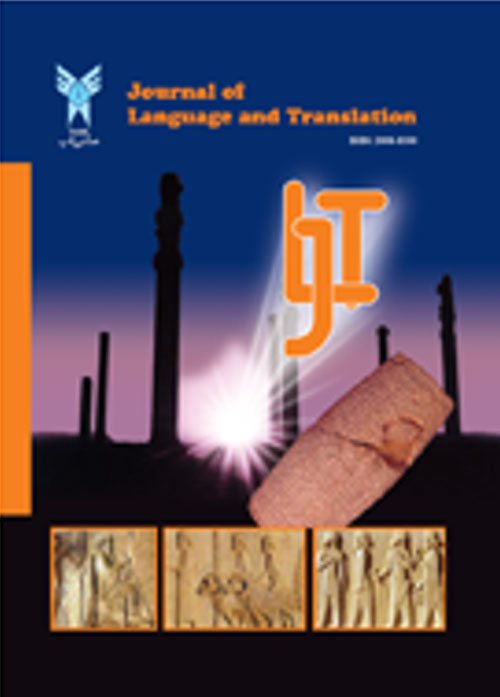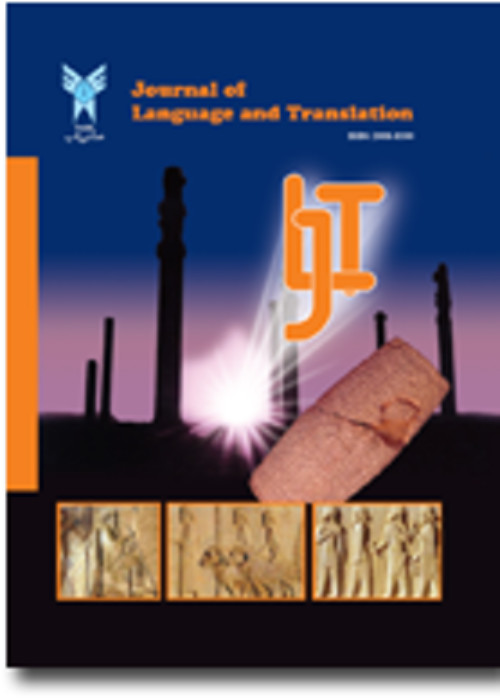فهرست مطالب

Journal of Language and Translation
Volume:2 Issue: 2, Winter 2011
- تاریخ انتشار: 1389/12/02
- تعداد عناوین: 3
-
Pages 1-12The goal of language programs is to utilize language for effective communication. Due to the needs, interests, and motivations of language learners, they may show individual differences in their lan- guage learning. Materials used in language programs can be instructional, experiential, elucidative, or exploratory in that they can inform learners about the language, provide experience of the lan- guage in use, and help learners to make discoveries about the language for themselves. Therefore, material development has been institutionalized in the last decades.
Material development is both a field of study and a practical undertaking. At the theoretical level, the principles of the design, implementation, and evaluation of ELT materials will be emphasized. At the practical level, the production, evaluation, and adaptation of ELT materials, by teachers or mate- rial writers would be taken in to account.
The present study investigated the goals of language teaching programs in some countries, and discussed the contextual factors affecting the processes of ELT material development explicitly. The discussion of the three phases of ELT material development; namely, the organization and analysis, evaluation, and adaptation of materials has been thoroughly elaborated throughout the present study. The ELT profession nowadays has a range of different types of syllabus available from which a choice should be made for a specific situation. Having analyzed the material available, the ELT ma- terial developers should evaluate them both externally and internally to select the most appropriate materials. Finally, materials should be adapted to different learners in different settings following some adaptation principles. To this end, a framework for adaptation has been introduced at the end.Keywords: Language Programs, ELT materials, ELT Material Development -
Pages 13-21The current review article investigates some variables contributing to English language teaching and learning. Three factors of age, motivation and error correction have been of importance in English language curricula in language centres. Some studies have been conducted to investigate various effects of these three components on English language acquisition, those studies, however, may lack discussing these factors to make them easier to understand for the second language learners. To be specific, the purpose of this review is to reflect on, first, some major concepts correspondent to interaction, imitation and comprehensible input and output, and also some notions in accordance with age, motivation and error correction. The authors revisited nine notions about second language learning according to above mentioned factors, which have been theorised by scholars in this field. At the end of this review the authors included their positions about stereotypes in age, motivation and error correction of the second language learners.Keywords: Age, Critical period hypothesis, error correction, Second Language Learning, zone of proximal development
-
Pages 23-32This study determined whether there was any significant relation between EFL student’s critical thinking and their translation quality. To this end, 60 male and female translation students took part in the study. The participants were chosen from among senior BA students and junior MA students. The subjects were given a translation production test and a critical thinking questionnaire (Honey, 2005) which were to be completed in 55 minutes. Then two raters evaluated the production test. The results of an analysis of correlation between the two variables indicated that there was a significant relation between critical thinking and translation quality. Furthermore, a regression analysis showed that critical thinking was a significant predictor of students’ translation scores.Keywords: Critical Thinking, Critical thinker, Quality of translation, Translation


